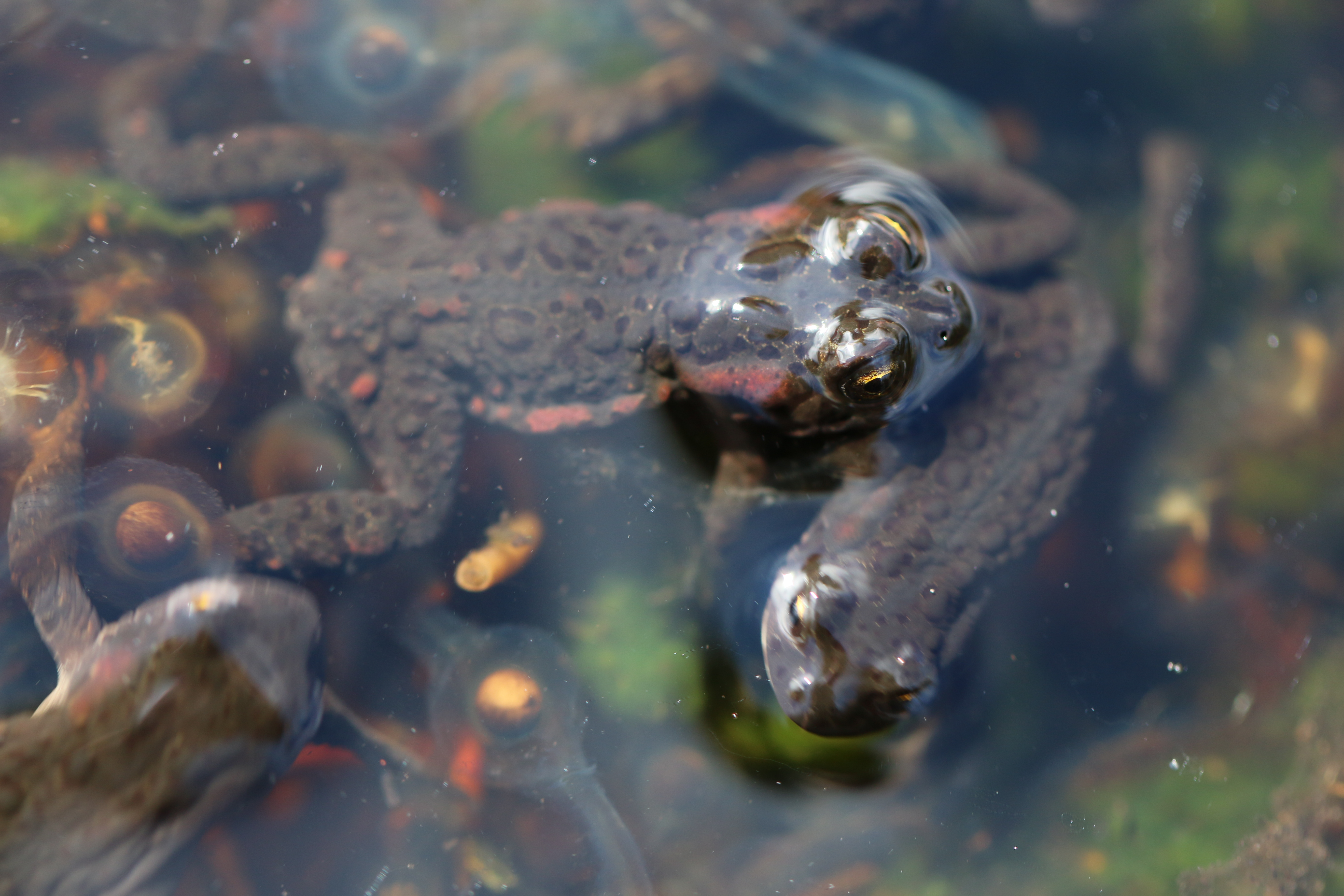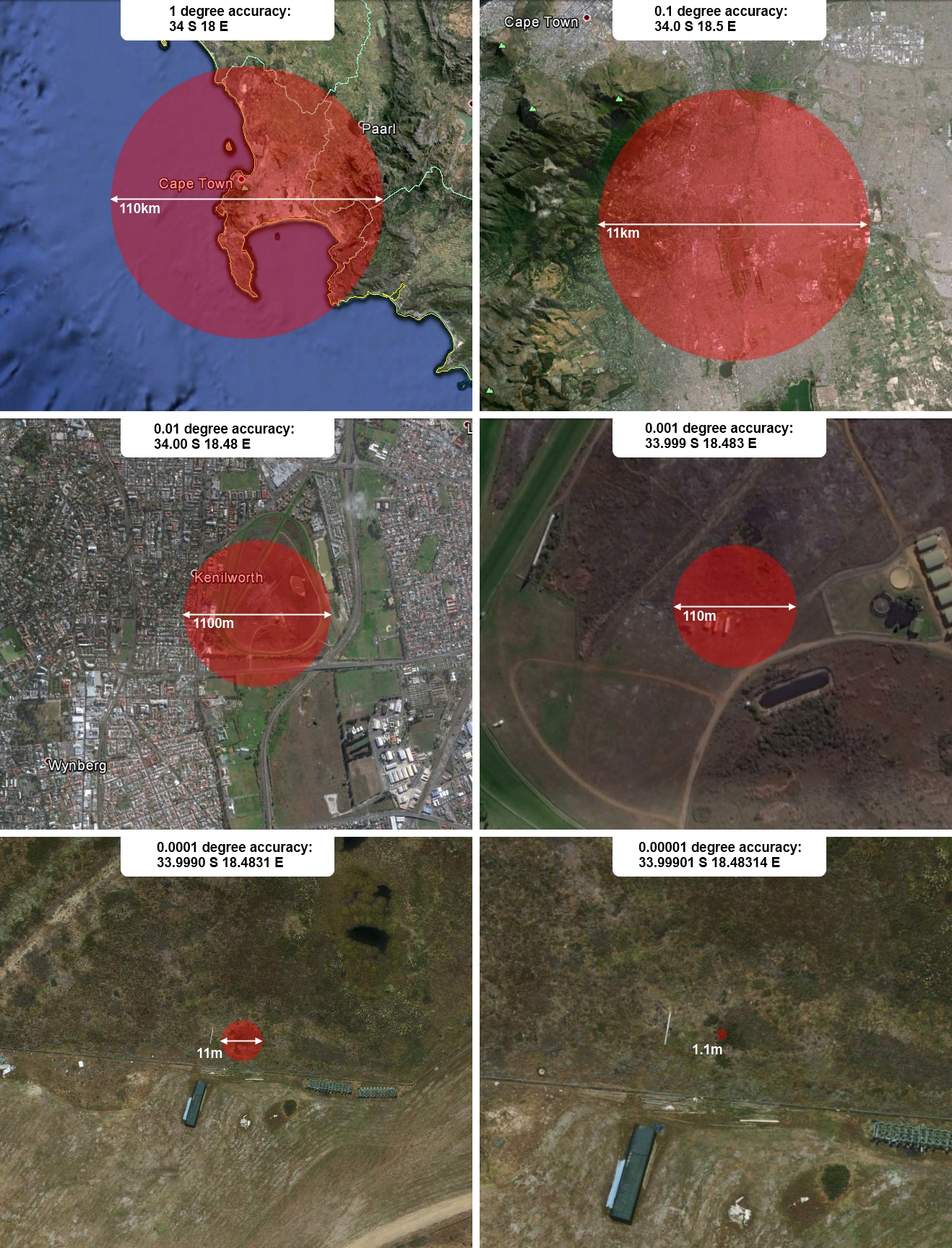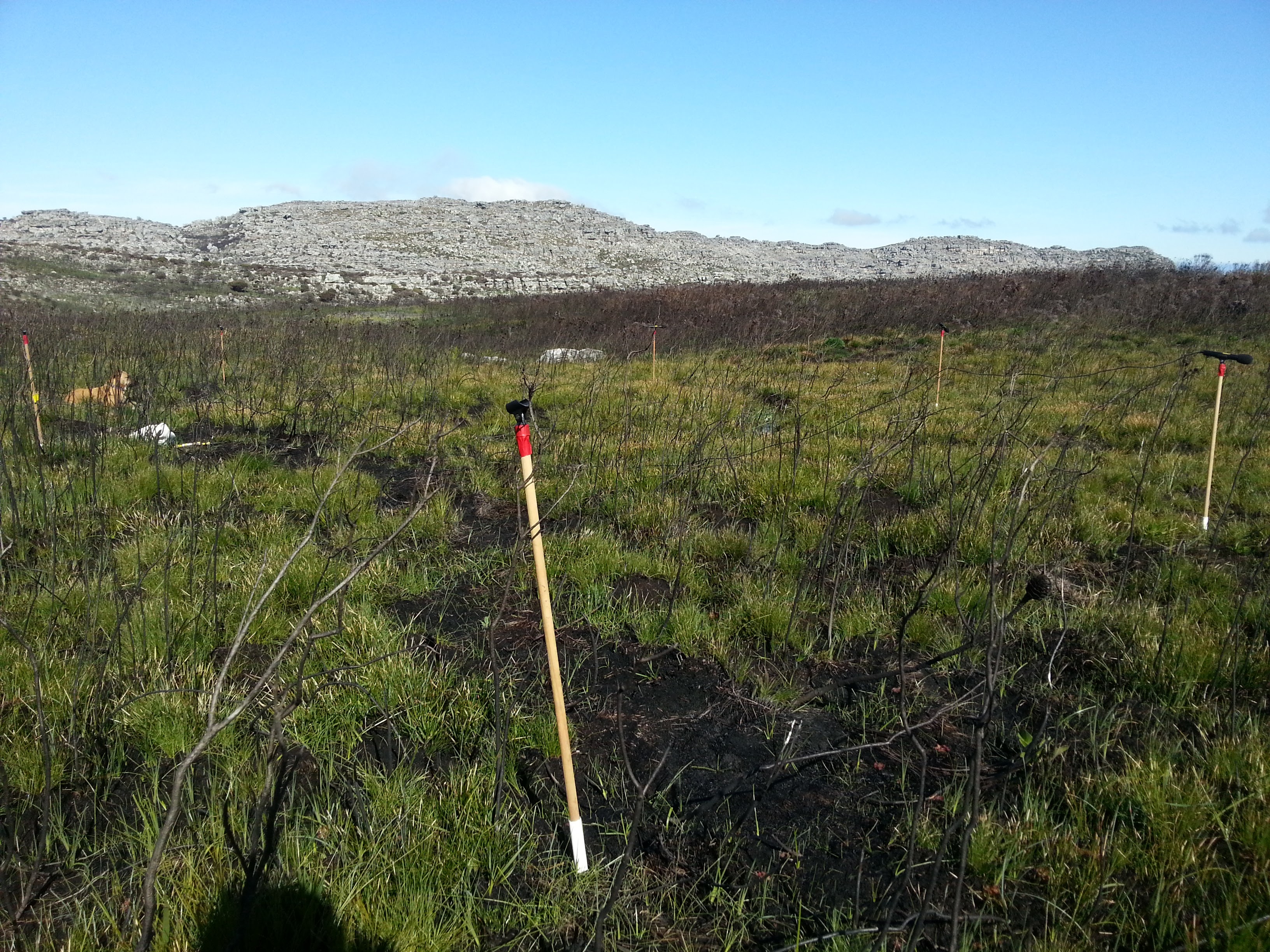When toads breed, we're used to hearing a noisy chorus that can be melodic or raucous (depending on your inclination), but what does it sound like when toads with no calls breed? The Cape peninsula mountain toadlet (Capensibufo rosei) has no calling or auditory apparatus. It breeds during the Cape winter and the congregations can be several hundred individuals, but there's no noise. It's no chorus! In fact, seeing hundreds of frogs moving in silence is quite eerie.

This male is under 20mm long, and you can see that they are surrounded by strings of eggs that have been laid over the previous days and nights. There's so much to find out about how these animals live, as well as their apparent enigmatic decline. We're doing a lot of work on these animals and starting to get some answers - check out the publications page for more information.


